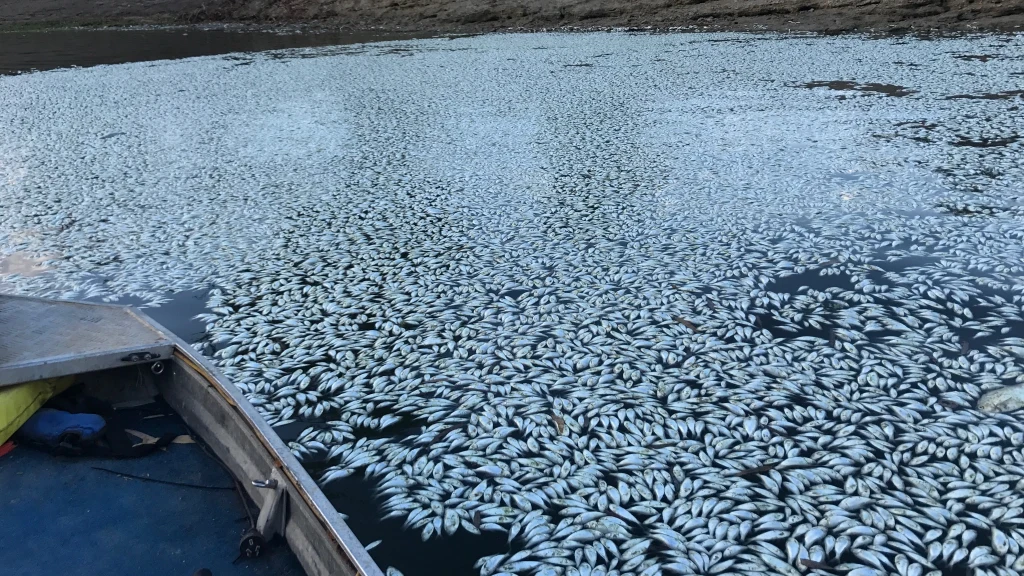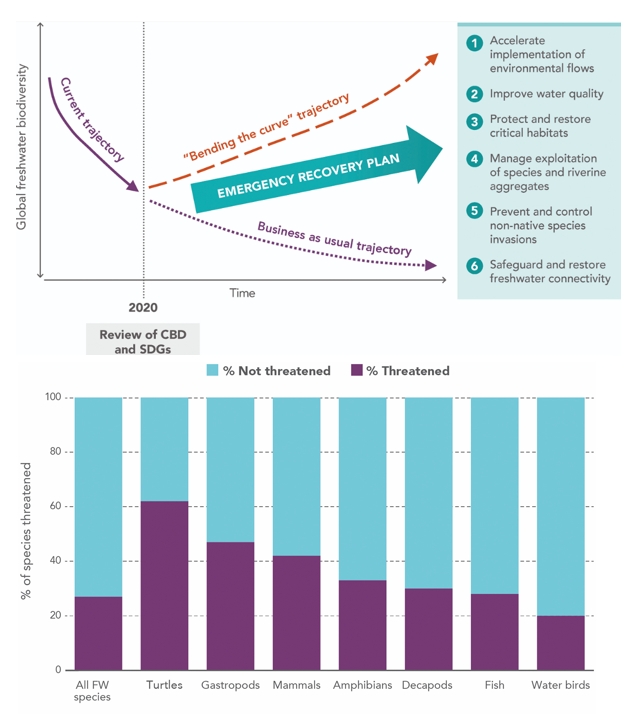The Australian government has released its response to an independent review of the Environment Protection and Biodiversity Conservation Act.
The review found the exisiting laws are outdated, ineffective and require fundamental reform.
“Australia’s natural environment is deteriorating and it’s not resilient enough to withstand current or emerging threats. Native species extinction, habitat loss and cultural heritage destruction are all accelerating, and reform is urgently needed.”

The government’s response to the review – it’s Nature Positive Plan – is the start of a process of consultation and discussion. Here we take a brief look at what the response says about water:
- The existing water trigger will be expanded to include all shale and coal seam gas activities and deliver improved protections for water resources.
- Working with First Nations for better community and environmental outcomes, including improved participation in freshwater, land and sea management.
- Protecting 30% of Australia’s land and waters by 2030.
- Potential recognition of existing Commonwealth, state and territory water management systems, where these adequatley protect and manage water resources.
- Regional plans to deliver nature positive outcomes at landscape scale, and address cumulative impacts.
- A ‘nature repair market’ for delivering restoration activities, e.g. restoring envionmental flows.
- Environmental-economic accounting including a public dashboard of natural capital trends in land, water and ecosystem assets.
- Establish an independent Environment Protection Authority, responsible for compliance and performance, and extend to wildlife trade, ozone and greenhouse gas management, waste and recycling.
- A new Data Division to provide clear authoritative sources of high quality information to the EPA, Ministers and the community.
Much of what is contained in the plan is very general, including in relation to water. Detail will need to be developed through the consultation processes expected to lead to new laws. As in any such process, the devil will be not just in the detail of the new laws, but in ongoing support, commitment and opportunities for government, businesses and the communities to contribute to good water outcomes.
An example will be in the new Environment Protection Authority. The United States has had a Clean Water Act for 50 years, overseen by the US EPA. On the 50th anniversary, 51% of rivers and streams and 55% of lakes are too polluted for swimming, fishing and drinking. A review found the EPA had been hampered by funding cuts, had ‘dragged its feet’ on industry water pollution control systems, and did not have an adequate legislative base for indirect pollution such as agricultural runoff from factory farms.
The condition and trend of Australia’s freshwater ecosystems is in line with the global situation – poor and declining – and is exacerbated by increasing risks from climate change, increasing demand, declining supply and reliability.
Considerable work will be required to ensure that the situation described for freshwater ecosystems in Australia’s State of the Environment Report – one of poor and declining condition – is provided with new laws that are fit for purpose, and sufficiently focused and nuanced, to arrest and reverse this decline. Ensuring the new laws are able to ‘bend the curve’ on the current trajectory of freshwater biodiversity, in line with the Emergency Action Plan published in the journal Bioscience (see links below), is also essential if nature positive outcomes for freshwater ecosystems are to be achieved.
“Nowhere is the biodiversity crisis more acute than in freshwater“
Check out our summary of the global freshwater biodiversity situation
Access the full paper on ‘bending the curve’ for freshwater biodiversity

